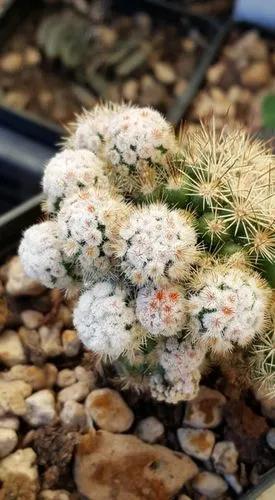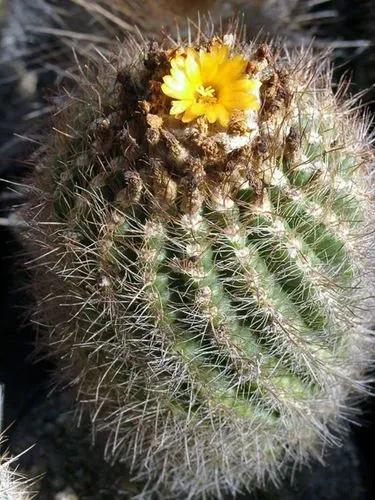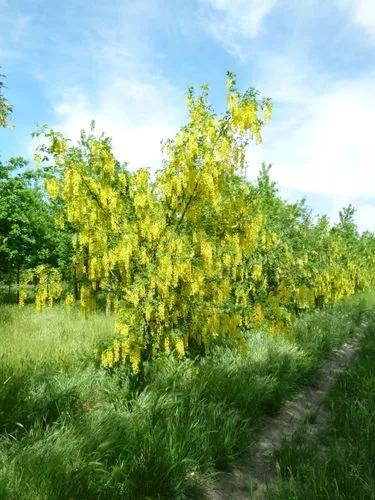Sedum dendroideum is a small shrub up to 3 feet (90 cm) tall spreading up to 4 feet (1.2 m) wide and rooting along stems to form a large mass. Leaves are 1.5 inch (2.8 cm) long, green, spathulate with an almost ovate leaf that is easily distinguished from the only other similar species, Sedum praealtum, by the presence of subepidermal glands along the leaf margin. The large clusters of small vivid yellow, star-like flowers form above the foliage in late winter and early spring.
Tree Stonecrop Care
Sedum Dendroideum



How to Care for the Plant

Water

Water thoroughly when planting, but once established, sedum plants don't require a lot of water and are drought resistant, much like other succulents like Agave, Euphorbia, and Ice Plants (Lampranthus). Water whenever the top two inches of soil is dry.

Fertilizer

An added fertilizer should not be needed. High-nitrogen soil can cause sedum to flop and delay blooming, so adding an inch of compost annually in the spring and when planted can help achieve optimal soil levels.

Sunlight

Sedums will grow best in full sun. They are very drought tolerant, but stonecrops can get sunscald in extremely hot, dry conditions. Sedums can be grown successfully in partial shade, but the plants might not be as sturdy and upright as they would be in full sun.

Soil

Wet, heavy clay soil can lead to root and stem rot so plant sedum where the soil can easily drain.

Temperature

Sedums, as succulents, can tolerate a wide range of temperatures although very high temperatures (higher than 90 degrees Fahrenheit) might lead to scorched leaves

Popularity

1,044 people already have this plant 94 people have added this plant to their wishlists
Discover more plants with the list below
Popular articles






